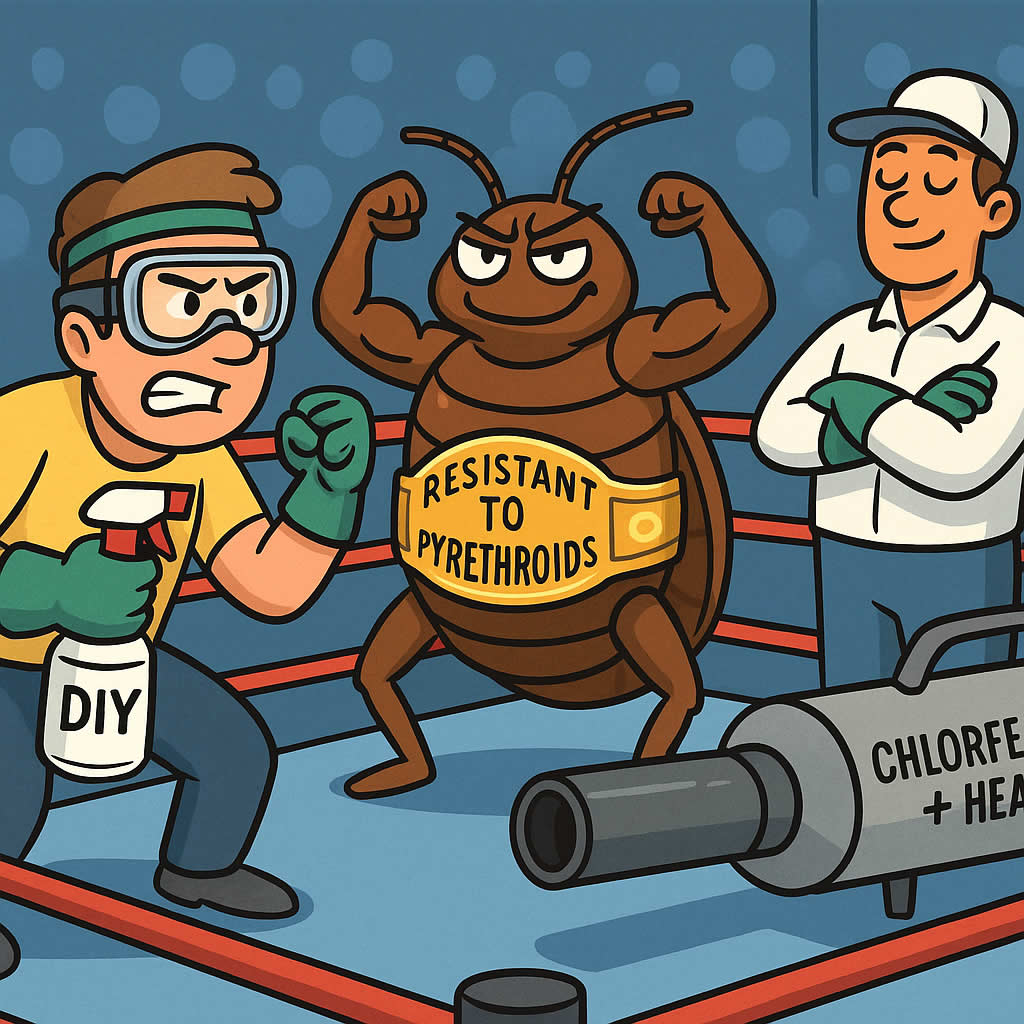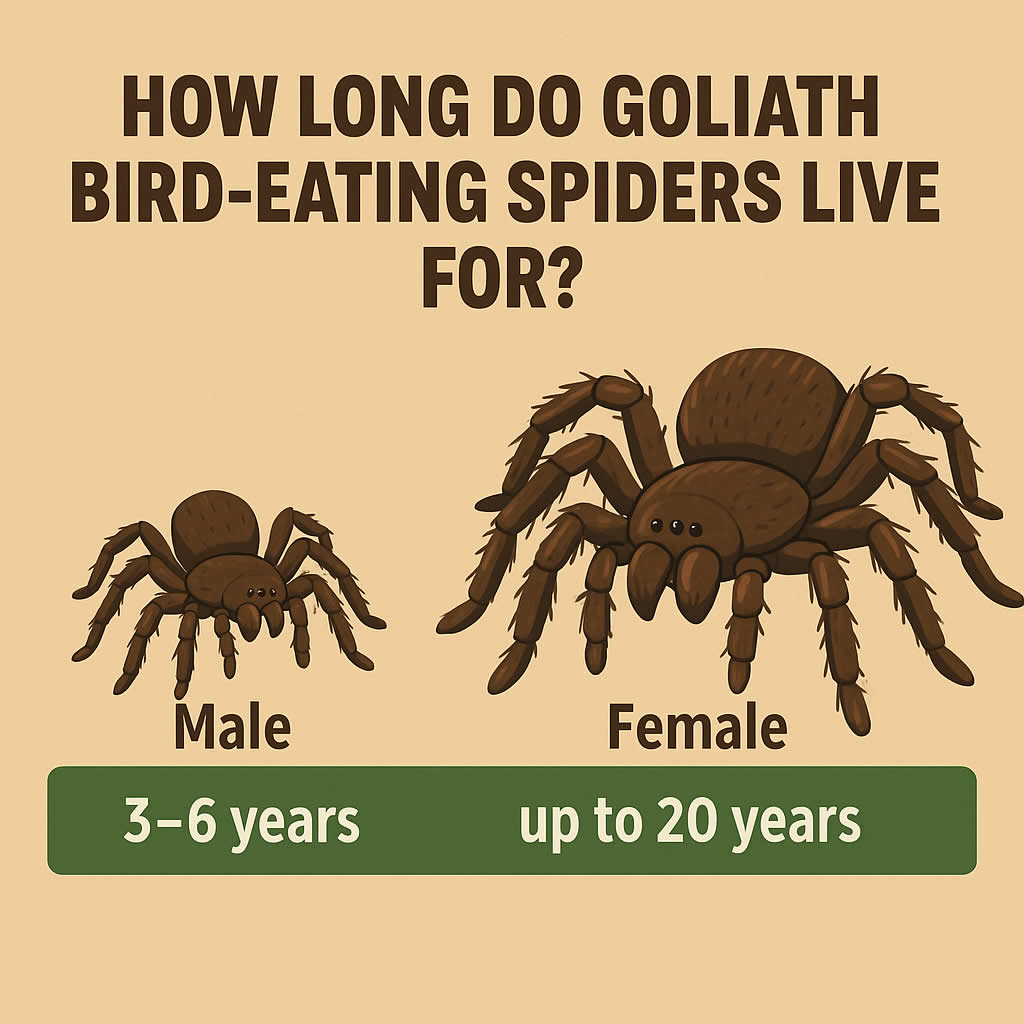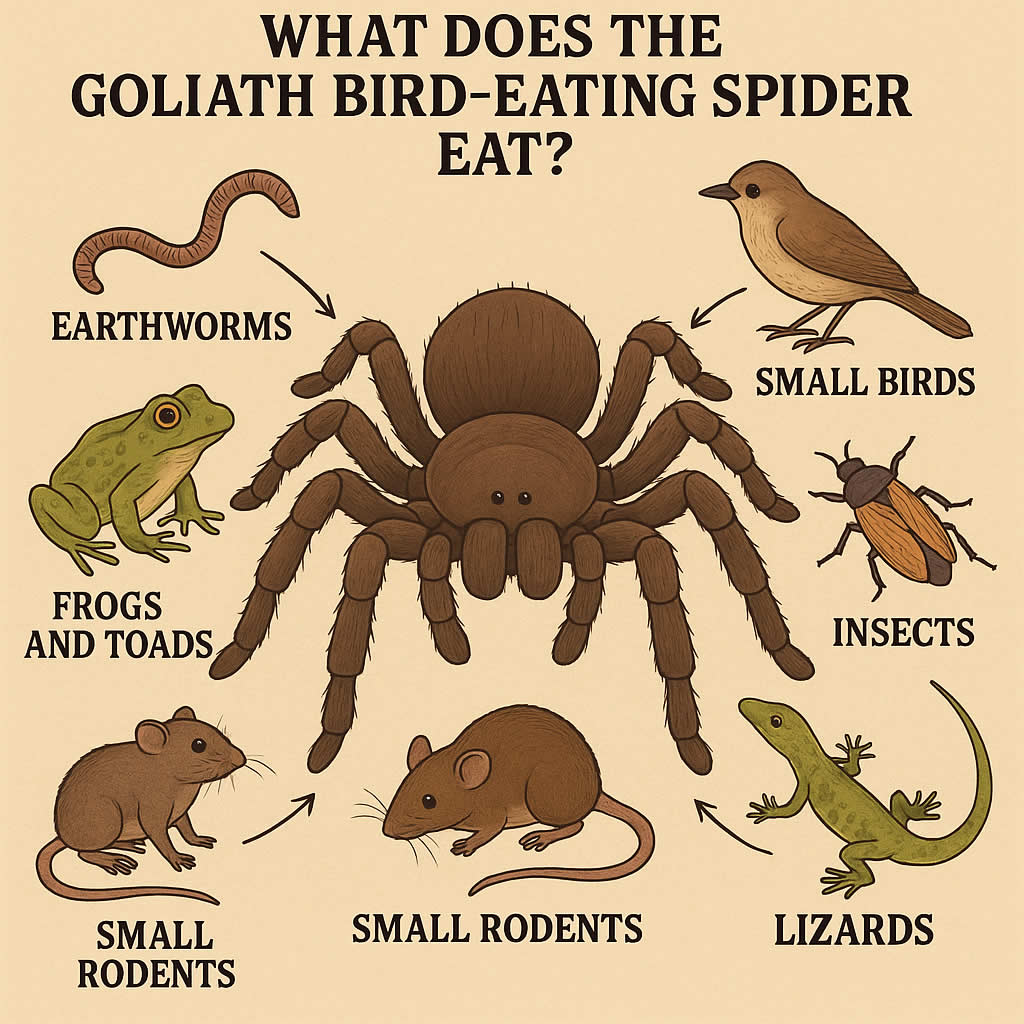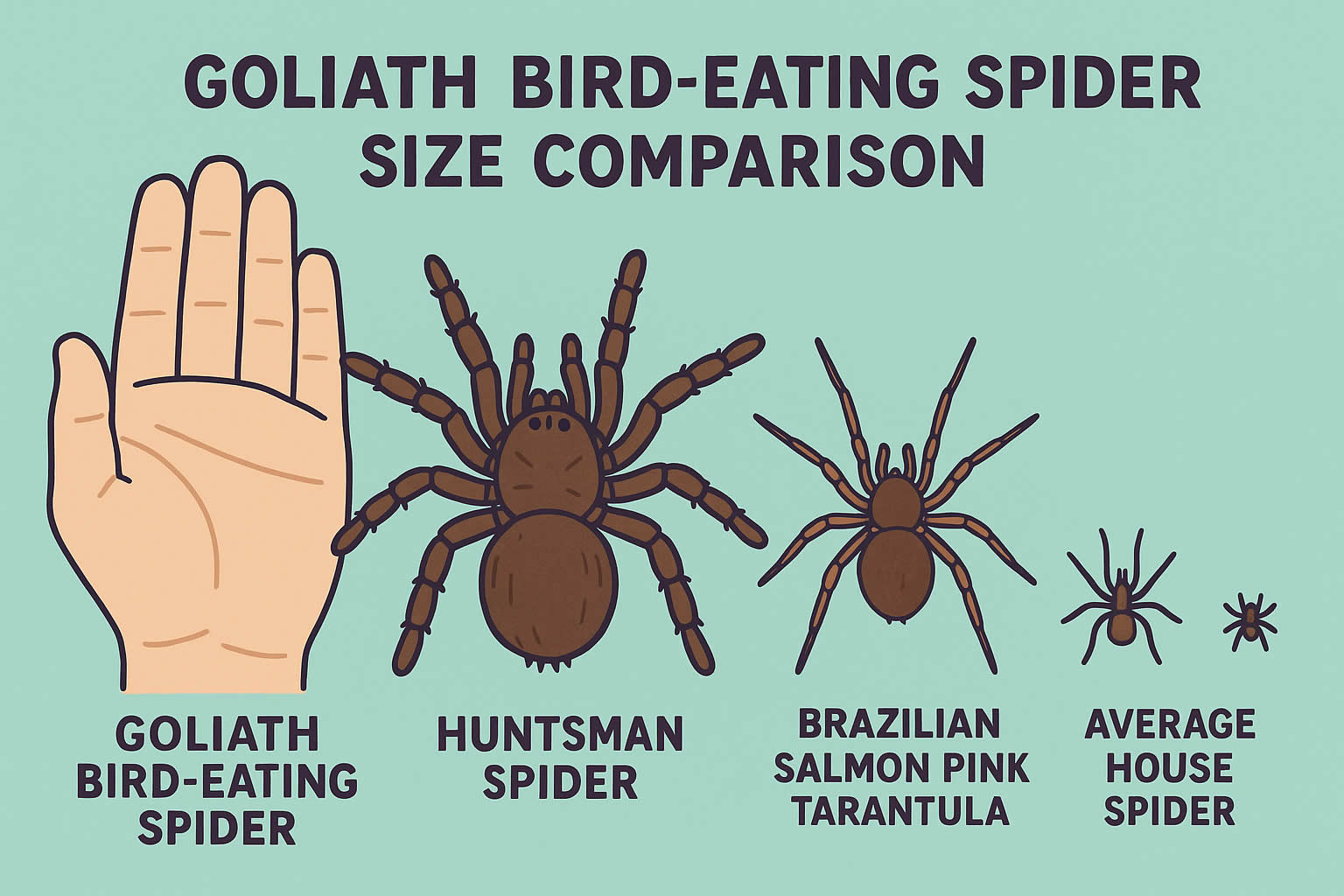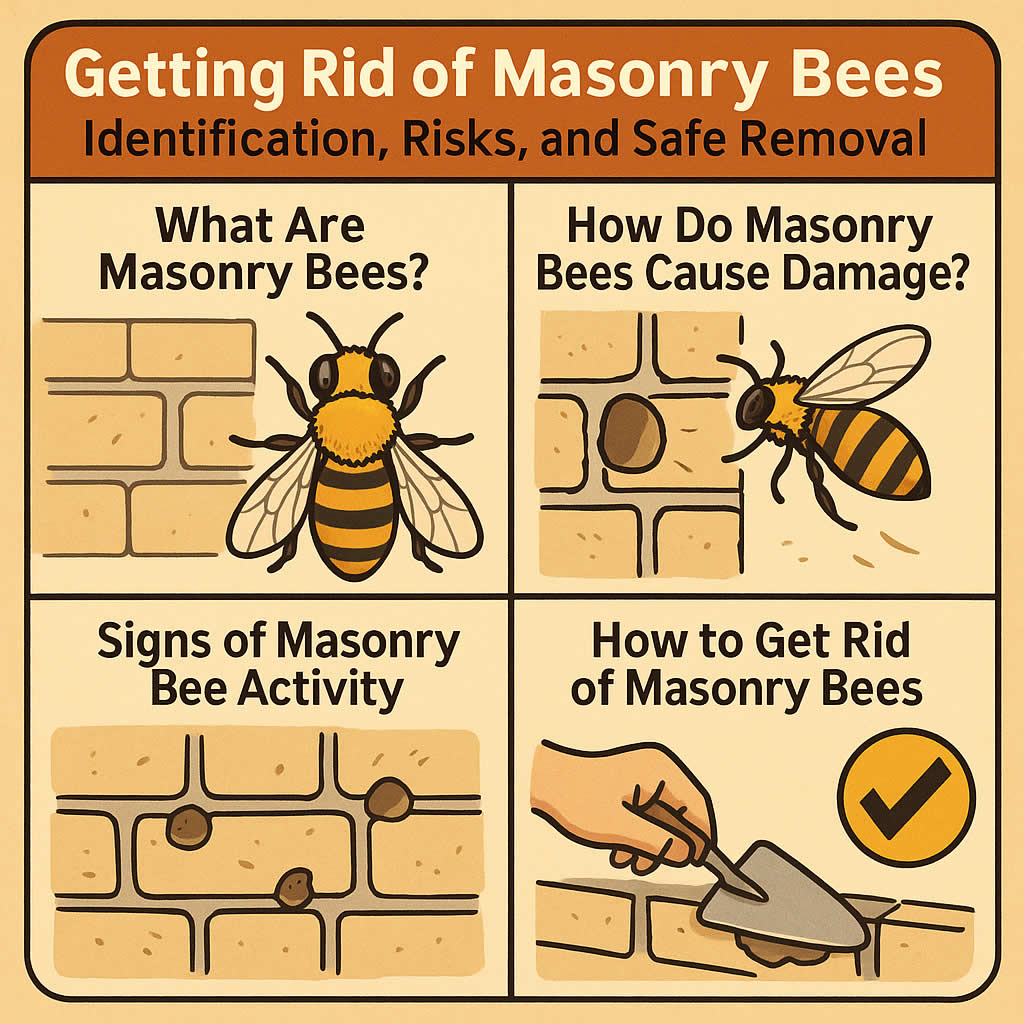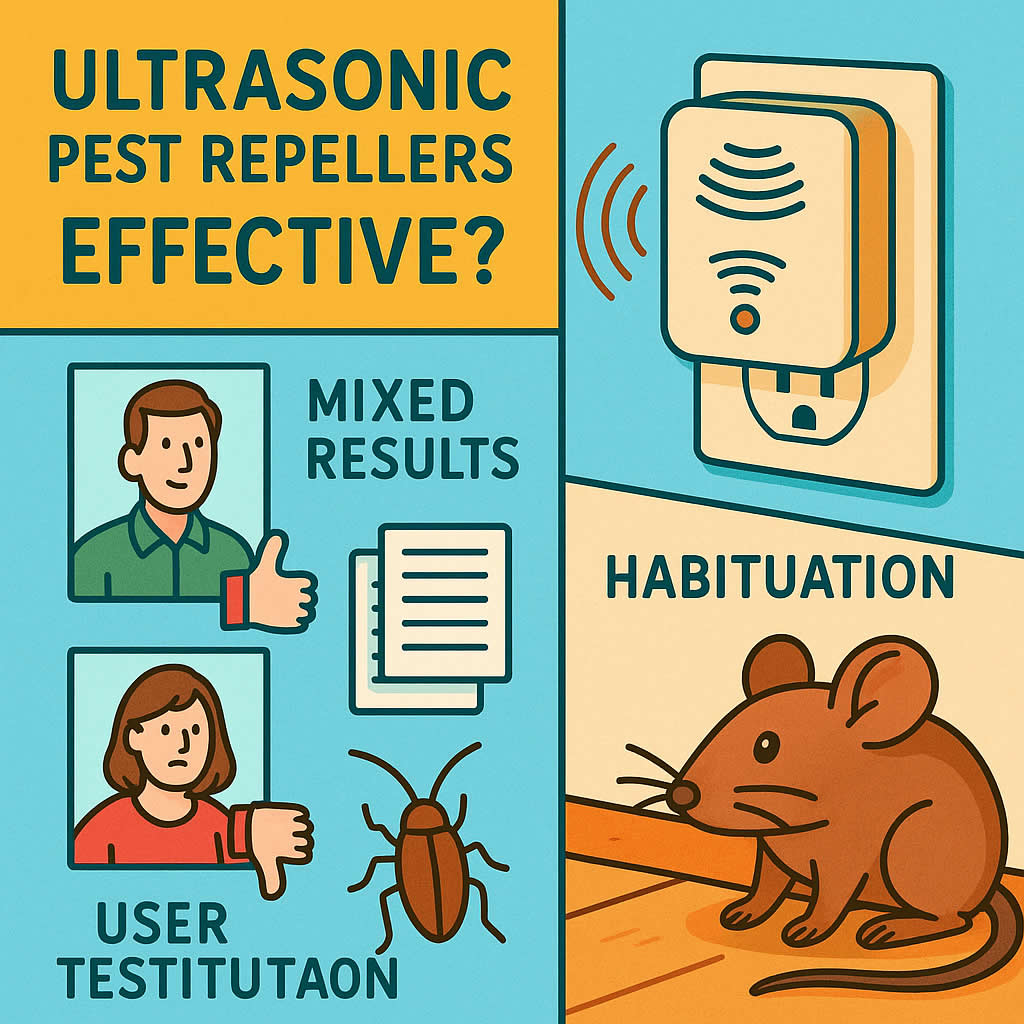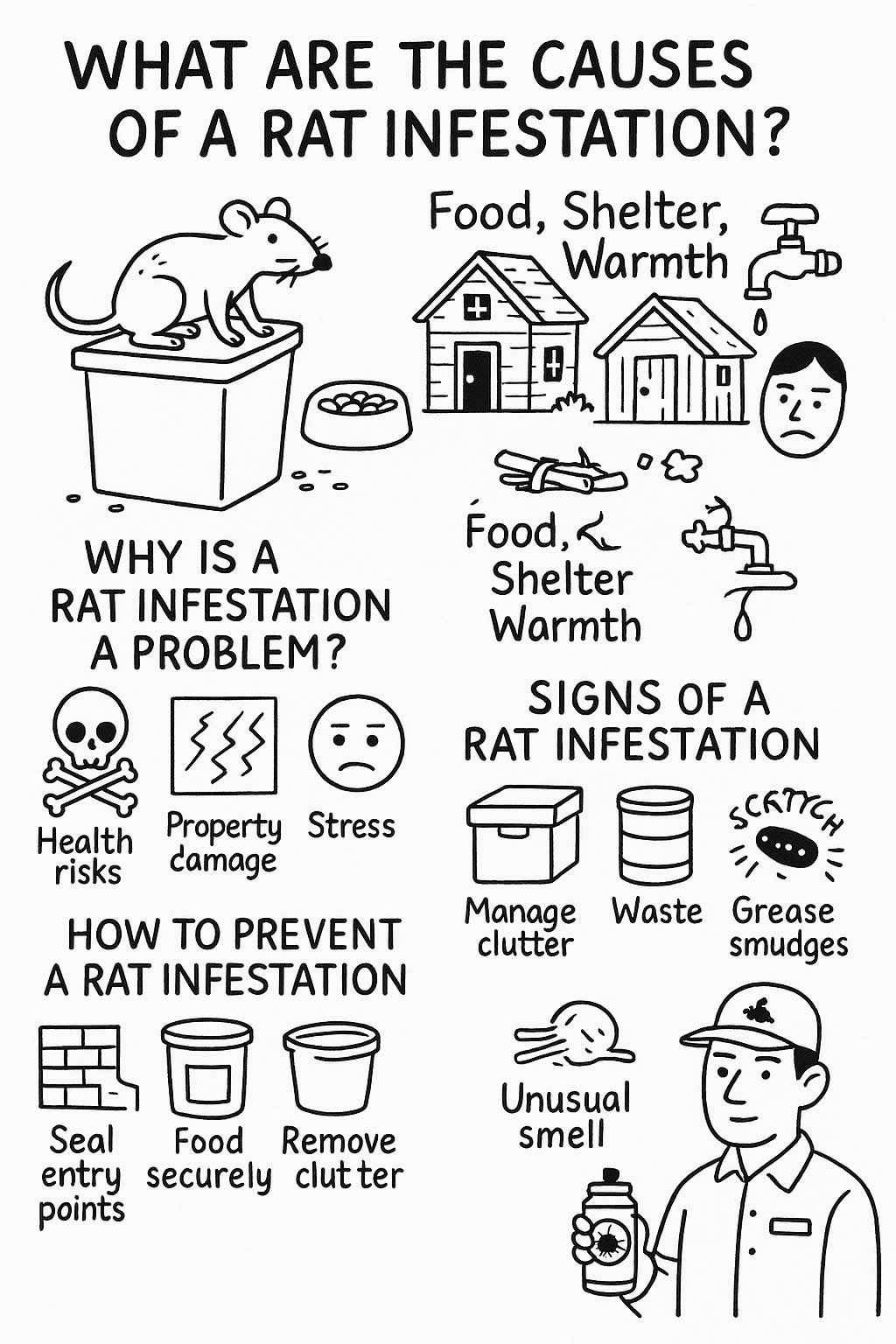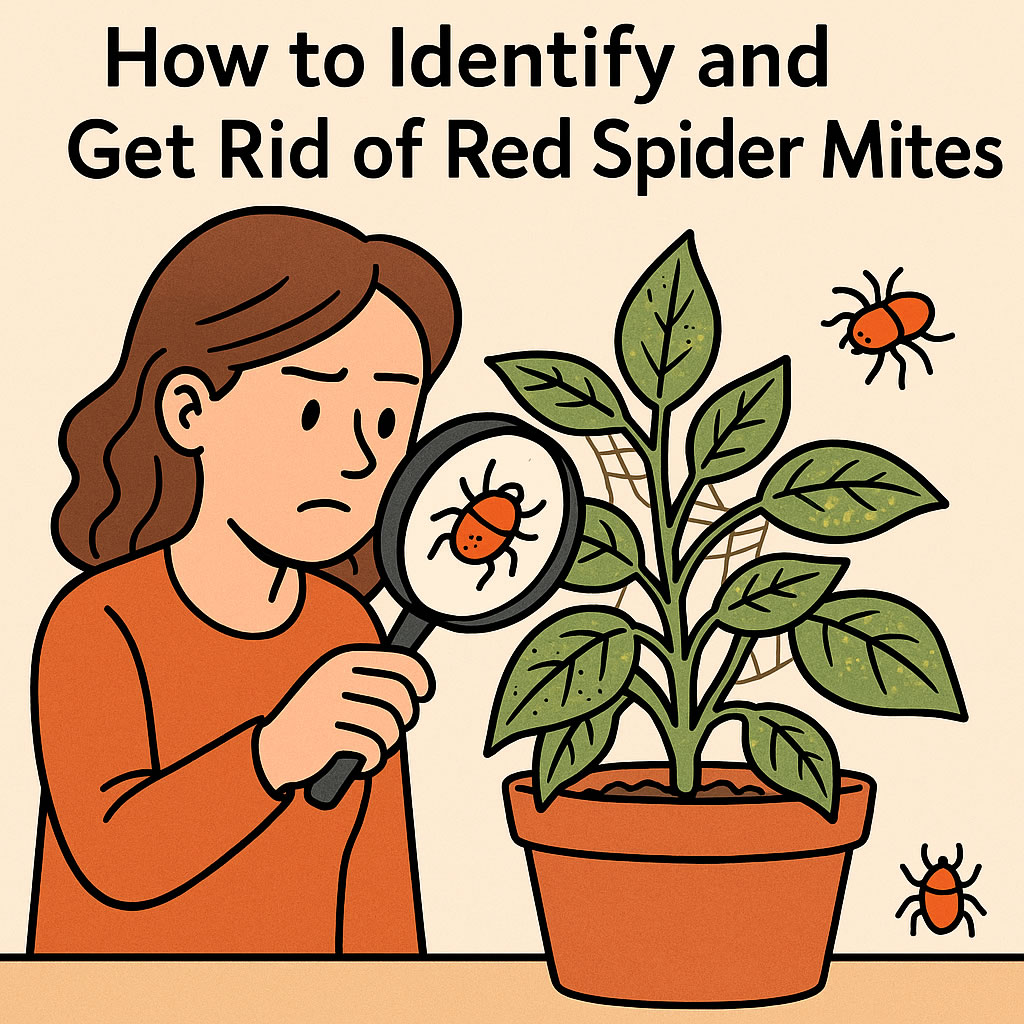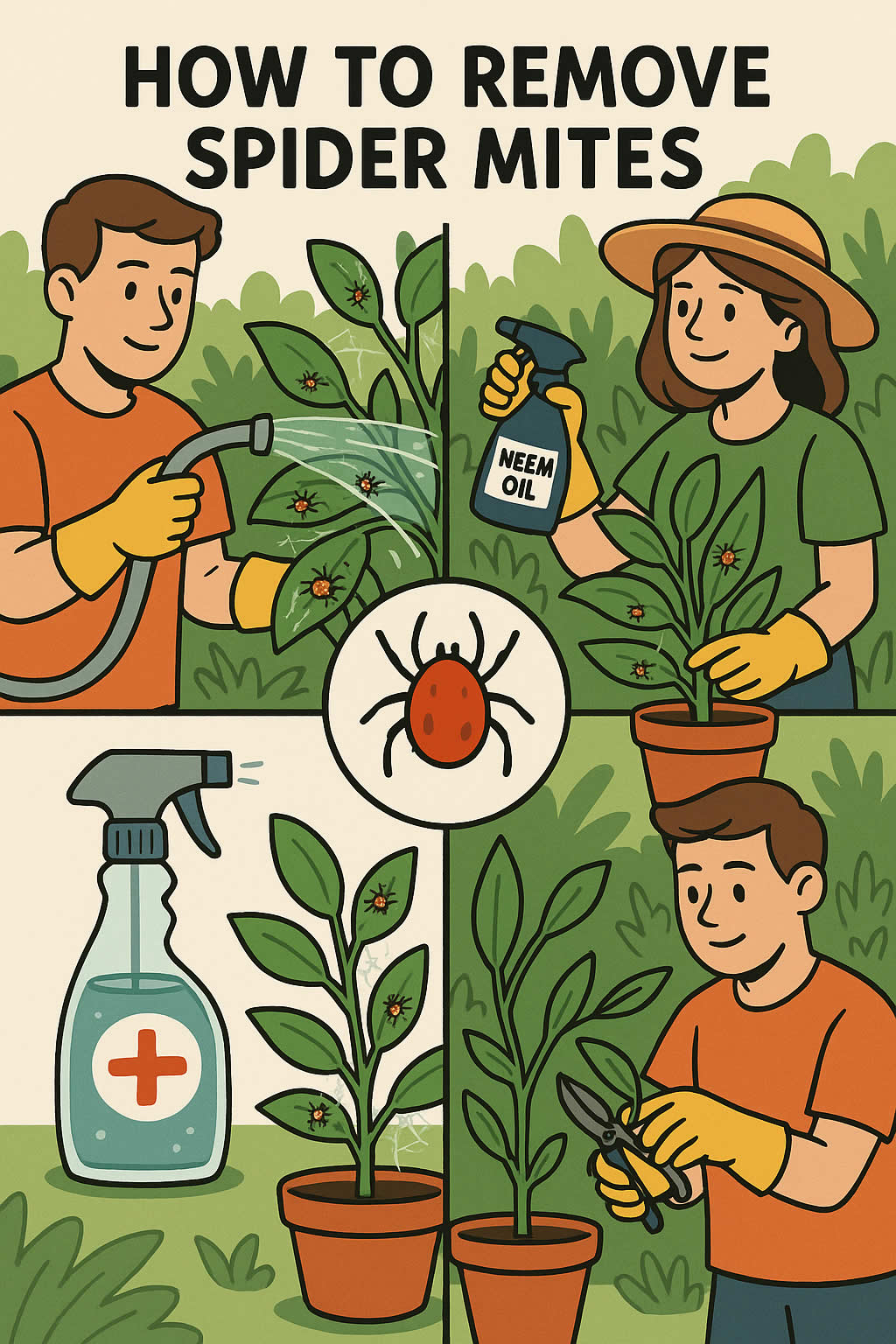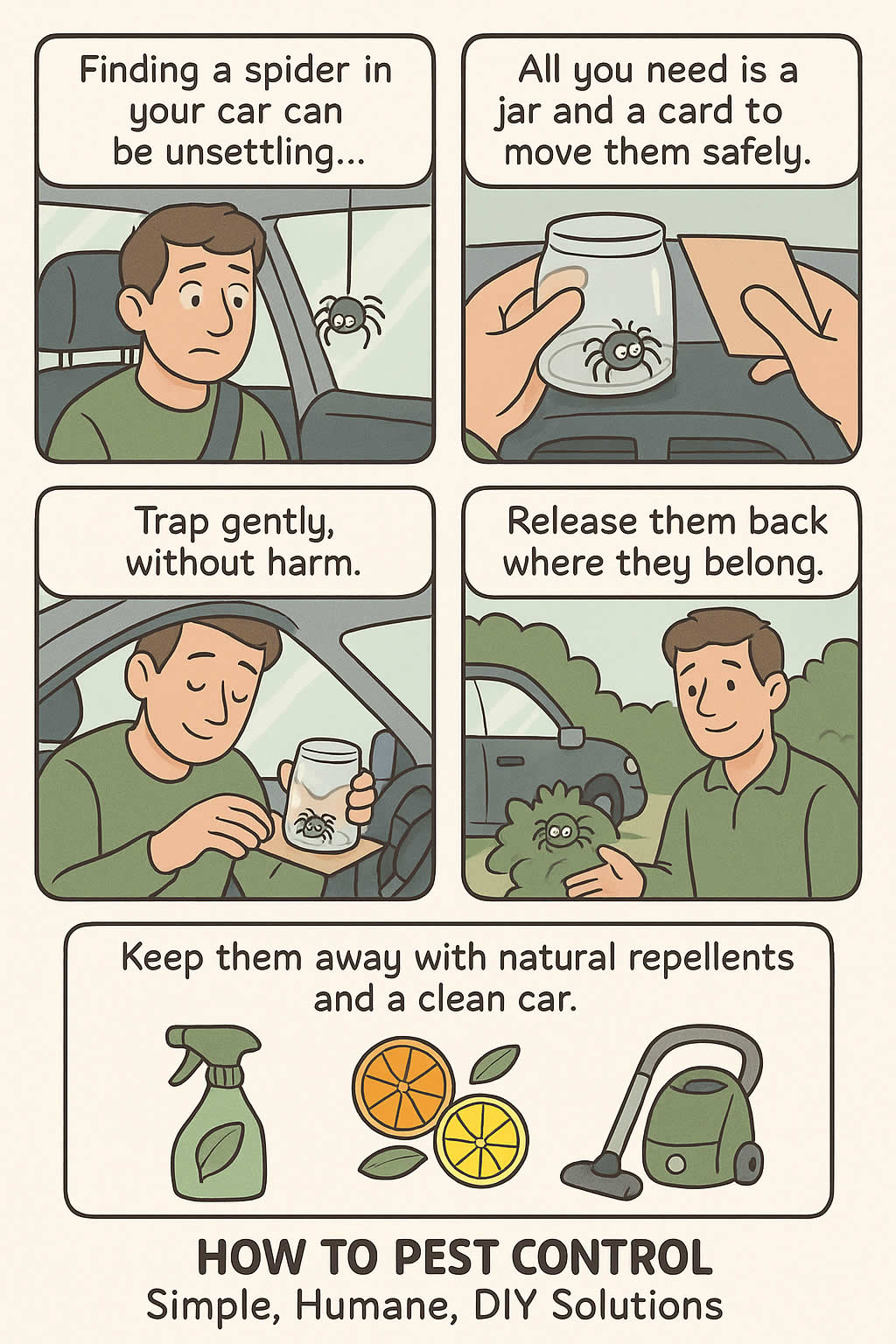Related Queries
ToggleWhen bed bugs show up in your home, it’s more than just a nuisance. It gets under your skin — not just literally, but emotionally. You feel invaded. You lose sleep. You start second-guessing every itch, every spot on your mattress, every rustle under the sheet. And once you’ve reached that point, all you want is something that actually works.
You might be wondering whether pesticides are the answer. Can they kill bed bugs? Which ones do the job properly? And just as important — are they safe to use?
This post will help you work through those questions step by step. You’ll learn which pesticides actually kill bed bugs, how to use them safely, and when it’s time to call in help. We’ll keep it real, keep it simple, and help you make an informed decision.
Can Pesticides Really Kill Bed Bugs?
Yes, pesticides can kill bed bugs — but only when they’re used correctly, and only when the bugs haven’t developed resistance to them. That’s the catch. Not every pesticide works as well as you’d hope. Over time, bed bugs have adapted to survive some of the most common chemical treatments, especially those used too often or in the wrong way.
Most pesticides used against bed bugs are designed to:
- Penetrate their protective outer layer
- Attack their nervous system
- Interrupt their growth or ability to reproduce
But bed bugs are good at hiding — they squeeze into tight cracks, seams, and corners where sprays can’t reach. They can also go without feeding for weeks, so even if you treat once and think you’ve won, the problem might not actually be gone.
So while pesticides can absolutely kill bed bugs, they tend to work best as part of a larger plan, rather than on their own.
What Types of Pesticides Are Used to Kill Bed Bugs?
There are several different kinds of pesticides that pest control professionals and homeowners use to fight bed bugs. Each one works a little differently, and knowing how they function can help you figure out which ones are worth your time — and which ones might fall short.
Here’s a quick breakdown:
- Pyrethroids and Pyrethrins – These are some of the most widely used pesticide ingredients for bed bugs. They’re synthetic versions (pyrethroids) or natural extracts (pyrethrins) of compounds found in chrysanthemum flowers.
They work by disrupting the bed bug’s nervous system. If sprayed directly, they can kill bugs quickly. But over time, many bed bug populations have developed resistance to these ingredients, especially in areas where they’ve been overused.
- Neonicotinoids – These are synthetic chemicals based on nicotine. They also attack the bug’s nervous system but in a different way to pyrethroids. Some bed bugs that resist pyrethroids may still be vulnerable to neonicotinoids, so they’re often used in combination treatments.
- Desiccants – Desiccants don’t poison the bug — they dry it out. These include powders like diatomaceous earth and silica gel. When bed bugs crawl through these, the particles damage their waxy outer shell, which causes them to dehydrate and die.
They’re slower-acting but harder for bugs to resist — which makes them a reliable long-term option.
- Insect Growth Regulators (IGRs) – These disrupt a bug’s development, preventing it from maturing or reproducing. They don’t kill on contact, but they help break the infestation cycle over time.
- Biochemical Pesticides – One example is cold-pressed neem oil, a natural pesticide that affects the bed bug’s hormones and feeding ability. It’s been approved for use in certain registered products and works best when combined with other treatments.
- Pyrroles (e.g. Chlorfenapyr) – These work by disrupting the bug’s cell function, and they’re one of the newer options available. Bed bugs haven’t yet developed widespread resistance to this, so it can be effective — though it works slowly.
Which Pesticides Are Most Effective?
The most effective pesticide treatments are usually those used by licensed pest control professionals, because they can access stronger formulations and apply them in the right way.
That said, even professional-grade pesticides work best when:
- The bugs are directly exposed
- The product gets into all the places they hide
- It’s part of an integrated plan (not a one-off)
Some of the most reliable combinations include:
- Pyrroles + Neonicotinoids
- Pyrethroids + Desiccants
- Growth regulators + Contact killers
It’s not always about one single product. The best results come from layering multiple tools to hit the bugs at different stages and in different places.
Are There Any Over-the-Counter Pesticides That Work?
There are many store-bought sprays, powders, and foggers that claim to kill bed bugs — but not all of them live up to the label.
Here’s what you need to watch out for:
- Sprays: These can work if you apply them directly to the bug, or to surfaces where they hide. Look for products that contain a mix of active ingredients and clearly state they’re approved for bed bugs.
- Powders (Desiccants): Diatomaceous earth is a popular option. It’s safe to use (with care), doesn’t cause resistance, and can keep working for weeks. Just make sure you’re using food-grade or bed-bug-specific versions — not the stuff from the garden shed.
- Foggers (bed bug bombs): These are widely available, but they’re usually not the best option for bed bugs. The mist often doesn’t reach into the tight spaces where bugs hide, and it can make them scatter rather than die. They’re also flammable and potentially harmful to your health if misused.
If you do go down the DIY route, always read the label. Look for:
- Products registered for use against bed bugs
- Clear instructions on where and how to use it
- Safety warnings you understand
How Should You Use Bed Bug Pesticides Safely?
Using pesticides comes with real risks — especially indoors, around pets, children, or food prep areas. Here’s how to stay safe and still get results:
- Wear gloves and a mask — especially if you’re spraying near fabrics or furniture
- Ventilate the area well — open windows and doors while spraying and for hours afterward
- Avoid direct skin contact — don’t spray bedding or clothing unless the label says it’s safe
- Don’t overuse — more product doesn’t mean better results. Stick to the instructions
- Keep pets and kids away — until everything is dry and the room has aired out
- Store safely — keep pesticides locked away after use
Remember: pesticide misuse can be harmful. You’re aiming for control, not chemical overload.
Can You Use Pesticides With Other Treatments?
Yes — and in most cases, you absolutely should.
Bed bug control works best when you combine chemical and non-chemical methods. This approach is called Integrated Pest Management (IPM), and it’s recommended by experts across the board.
Here’s how you might combine treatments:
- Vacuuming first to remove live bugs and eggs
- Spraying pesticides into cracks, corners, and under furniture
- Applying diatomaceous earth around bed legs, skirting boards, and under carpets
- Washing bedding in hot water and drying it on high heat
- Using mattress encasements to trap any remaining bugs inside
This strategy reduces the need for heavy pesticide use and helps you keep control over the infestation long-term.
What Are the Risks of Using Pesticides for Bed Bugs?
Pesticides are powerful tools — but they also carry real-world risks.
- Health hazards: Prolonged exposure to sprays and fumes can cause skin irritation, respiratory problems, and allergic reactions.
- Environmental impact: Overuse or improper disposal can affect indoor air quality and harm the environment.
- Resistance: When pesticides are used too often or not as directed, bed bugs can become resistant — making future infestations even harder to manage.
- False confidence: Spraying the wrong areas or using a product that doesn’t work might give you a false sense of security while the bugs continue to spread.
To stay safe, limit your exposure, follow the label, and don’t hesitate to stop and seek advice if you’re unsure.
When Should You Call a Professional Exterminator?
If you’ve been trying to get rid of bed bugs for a while and they just keep coming back, it might be time to get professional help.
Here are a few signs:
- You’ve used multiple sprays with no success
- You’re still seeing bites or live bugs after weeks of treatment
- You can’t find their hiding places, but know they’re still there
- You’re worried about using chemicals around your family or pets
- The infestation has spread beyond the bedroom — into sofas, carpets, wardrobes
Professional pest controllers can use stronger pesticides, targeted application techniques, and thermal treatments that homeowners can’t access. They’ll also assess your home properly and make sure you’re not missing a key area.
Final Thoughts: Are Pesticides the Right Solution for You?
There’s no one-size-fits-all fix for bed bugs — and pesticides are not a magic solution. But they do play an important role, especially when used as part of a bigger plan.
If you choose the right product, follow safety guidance, and stay consistent, pesticides can reduce the bed bug population in your home and give you a fighting chance of reclaiming your space.
Still, don’t feel like you have to do this alone. Whether you go DIY or get help, what matters is that you act early, stay focused, and use a layered approach. That’s how you turn the tide — and start getting your nights back.
Pest Control Begwary – Pest Control Lower Shelton – Pest Control Box End
